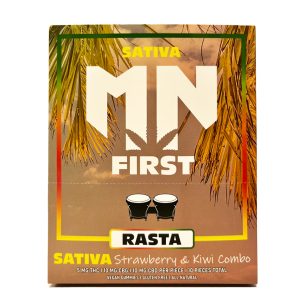**Discovery and Biosynthesis of Coenzyme A**:
– Discovered by Fritz Lipmann in 1946; structure determined in early 1950s at the Lister Institute, London.
– Named CoA for activation of acetate; Lipmann won Nobel Prize in Physiology or Medicine in 1953.
– Synthesized from pantothenate (vitamin B) in a five-step process requiring ATP, pantothenate, and cysteine.
– Commercially extracted from yeast with approximately 25mg/kg yield; synthetic production methods under investigation.
**Functions of Coenzyme A**:
– Facilitates fatty acid synthesis by reacting with carboxylic acids to form thioesters.
– Crucial in energy production as a coenzyme in the citric acid cycle; primary input is acetyl-CoA.
– Regulates fatty acid synthesis in excess glucose conditions and acts as an allosteric regulator in the citric acid cycle.
– Acts as an antioxidant during cellular stress through Protein CoAlation and reversible modification of protein cysteine residues.
**Biological Research and Stability**:
– Available from chemical suppliers; free acid is unstable, while salts are more stable.
– Aqueous solutions of Coenzyme A are unstable above pH8.
– Research focuses on CoA-mediated regulation of proteins, inhibition of catalytic activity, and restoration through deCoAlation.
– Stability concerns include air oxidation, contaminants in commercial preparations, and protein CoAlation effects.
**Protein CoAlation and Antioxidant Function**:
– Over 2,000 CoAlated proteins identified in stressed cells, inhibiting catalytic activity.
– Antioxidant enzymes aid in protein deCoAlation.
– CoA stabilizes proteins in prokaryotic cells and regulates metastasis suppressor NME1.
– Monoclonal antibodies specific to Coenzyme A have been developed for profiling CoAlation sites and interactions.
**Research Studies and References**:
– Studies focus on CoA-mediated protein regulation, metabolic integrator role, and CoAlation effects.
– Thioredoxin proteins play a role in deCoAlation.
– Notable authors include Nelson DL and Cox MM, with references from the book “Lehninger: Principles of Biochemistry” (4th edition, W. H. Freeman, New York, ISBN: 978-0-7167-4339-2).
Coenzyme A (CoA, SHCoA, CoASH) is a coenzyme, notable for its role in the synthesis and oxidation of fatty acids, and the oxidation of pyruvate in the citric acid cycle. All genomes sequenced to date encode enzymes that use coenzyme A as a substrate, and around 4% of cellular enzymes use it (or a thioester) as a substrate. In humans, CoA biosynthesis requires cysteine, pantothenate (vitamin B5), and adenosine triphosphate (ATP).

| |

| |

| |
| Names | |
|---|---|
| Systematic IUPAC name
[(2R,3S,4R,5R)-5-(6-Amino-9H-purin-9-yl)-4-hydroxy-3-(phosphonooxy)tetrahydro-2-furanyl]methyl (3R)-3-hydroxy-2,2-dimethyl-4-oxo-4-({3-oxo-3-[(2-sulfanylethyl)amino]propyl}amino)butyl dihydrogen diphosphate | |
| Identifiers | |
| |
3D model (JSmol)
|
|
| ChEBI | |
| ChEMBL | |
| ChemSpider | |
| DrugBank | |
| ECHA InfoCard | 100.001.472 |
| KEGG | |
| MeSH | Coenzyme+A |
PubChem CID
|
|
| UNII | |
| |
| |
| Properties | |
| C21H36N7O16P3S | |
| Molar mass | 767.535 |
| UV-vis (λmax) | 259.5 nm |
| Absorbance | ε259 = 16.8 mM−1 cm−1 |
Except where otherwise noted, data are given for materials in their standard state (at 25 °C [77 °F], 100 kPa).
| |
In its acetyl form, coenzyme A is a highly versatile molecule, serving metabolic functions in both the anabolic and catabolic pathways. Acetyl-CoA is utilised in the post-translational regulation and allosteric regulation of pyruvate dehydrogenase and carboxylase to maintain and support the partition of pyruvate synthesis and degradation.





